Chicken drumettes and chicken drumsticks are often mixed up. Some people think that drumettes are mini drumsticks that come from smaller chickens because the two look so much alike. The fact is, chicken drumettes and chicken drumsticks are two completely different parts of a chicken.
A chicken drumette is part of the chicken wing, while the drumstick is part of the leg. Their differences don’t stop there. Drumettes and drumsticks also differ in their size and taste, as well as the type of meat they contain. There are even differences in their fat and calorie content.
We will discuss the differences between chicken drumettes and drumsticks, including their fat and calorie content, meat classification, and the ideal cooking methods for these cuts of chicken parts. Then we will talk a little bit about chicken wings, their components, and what you can do in case drumettes aren’t available in your local stores. Let’s dig in!
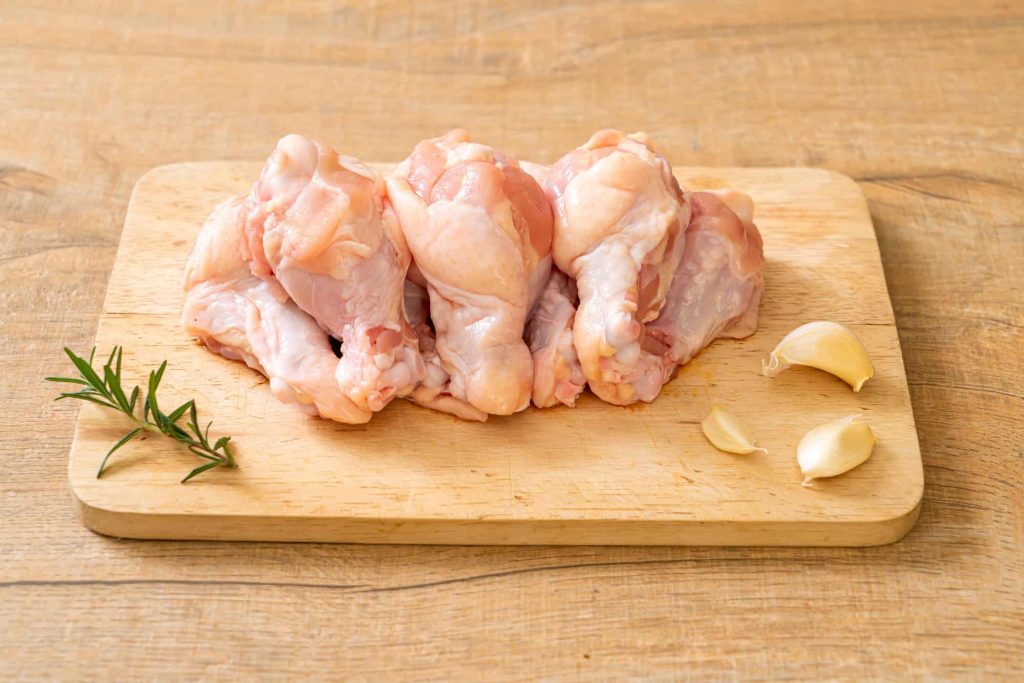
What Part of the Chicken Is the Drumette?
The drumette is the part of the chicken wing directly attached to the body. It is composed of soft white meat and is juicier and meatier than the other wing parts. The drumette looks like a small drumstick.
Though they may look alike, drumettes are entirely different from drumsticks because they come from different parts of the chicken. Drumettes are part of the wing, while drumsticks are part of the leg. Drumettes are a lot smaller than drumsticks, which means they’re less meaty.
It may surprise most people that the meat found in a drumette is considered white, while the meat in a drumstick is considered dark (source: Trifecta Nutrition).
White meats, made up of fast-twitch fibers, are in charge of a chicken’s sudden and forceful movements. Dark meats, made up of slow-twitch fibers, take control of prolonged movements.
Dark meats use glycogen and fat to fuel muscles to execute sustained movements. Chickens spend most of their time grazing and walking, and they have their slow-twitch fibers to thank for being able to do so.
White meats utilize only glycogen for energy. This is what chickens can thank for being able to flap their wings and dart away when they sense danger (source: The Exploratorium).
The white meat in chicken drumettes is suitable for people keen on having a heart-healthy diet. White meat contains fewer calories but more protein and B vitamins than dark meat. On the other hand, chicken drumsticks have more iron, vitamin C, and zinc because they have dark meat (source: MasterClass).
Another notable difference between chicken drumettes and drumsticks is the required cooking time. Drumettes are leaner and require a shorter cooking time. Overcooked drumettes will become dry and flavorless. On the other hand, drumsticks can be cooked longer to make the meat more tender and juicier.
There are many ways to cook chicken drumettes and drumsticks. They can be incorporated with different ingredients and different types of meat. Chicken is also considered one of the healthier choices among meats and is a favorite among many because of its flavor.
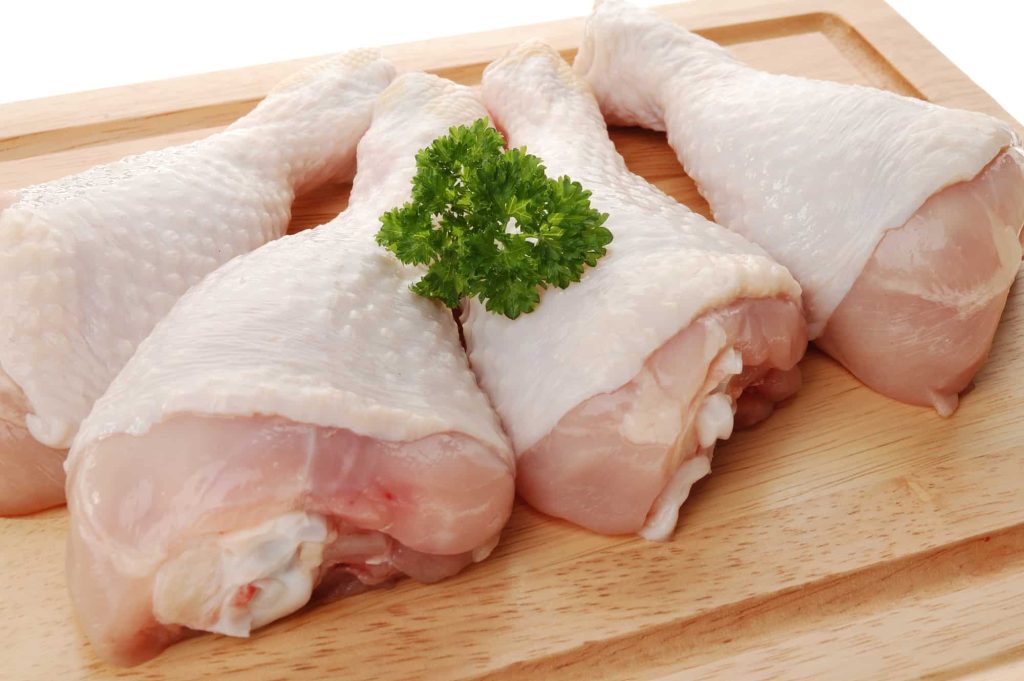
Chicken drumettes and drumsticks, in particular, are among the most versatile and preferred chicken cuts.
Here are several different ways you can use to cook your drumettes and drumsticks:
- Broil. This process involves exposing chicken to heat coming only from one side, usually from the top. It’s a great way to bring out the color of the meat and to make the chicken skin crispy. Broiling is perfect for lean meats like chicken wings (source: Food Network).
- Grill. This technique involves cooking chicken over a rack while dry heat is applied from below. Charcoal is typically used as the heat source. Direct heat sears the chicken and gives it a robust and pleasantly charred flavor.
- Sear. This cooking technique exposes chicken to extremely high heat levels to brown it quickly. Searing is usually done in a frying pan with some oil. It is often a precursor to another cooking process – such as roasting or braising – to achieve a crispy, flavorful crust at the onset (source: Recipe Tips).
- Deep-fry. This cooking method involves submerging chicken in hot oil or fat to achieve good ol’ crispy, golden-brown skin. Deep-frying involves high temperatures to attain the desired results. Chicken is usually coated with breading or batter to enhance the taste and crunchiness.
- Pan-fry. This is when you fry chicken in a pan with minimal grease, lard, or oil – usually just enough oil to lubricate the pan and the meat.
When pan-frying, chicken meat must be flipped over to ensure that both sides are cooked adequately. This technique can also give you that crispy, golden-brown goodness. - Bake. Baking is the process of cooking chicken in an oven. It is probably the oldest cooking method, dating back to the early Egyptian civilization (source: Britannica). Temperature and timing are crucial in baking to achieve tenderness and juiciness in the meat.
- Roast. Baking and roasting are pretty similar, especially since both require cooking inside an oven. However, roasting chicken involves higher temperatures, usually at least 400 °F (205 °C).
It produces soft, juicy meat and crispy skin. Unlike baking, roasting can also be done on a closed barbecue or over an open flame (source: Masterclass). - Boil. Boiling chicken is a very simple process, but it’s a great way to have juicy and tender meat that is easy to shred. This technique is perfect for chicken sandwiches, chicken salads, tacos, and soups. Boiled chicken is also ideal for storing in the freezer. You can use it later on for several other meals!
- Poach. Poaching is a gentle way of cooking chicken in water. Ensure that the water stays below the boiling point at all times. The meat will be tender and juicy, and the chicken flavor will be incorporated into the water. You can use this flavorful broth later on for other dishes.
- Braise. This cooking technique involves frying your chicken and then stewing it in some liquid (water, broth, wine, etc.) in a covered vessel until cooked (source: Chicken School).
You would want to lightly brown your chicken while frying, not cook it. While stewing, you can add some vegetables to the liquid. This process locks in all the flavors and ensures that the chicken is tender, moist, and flavorful.
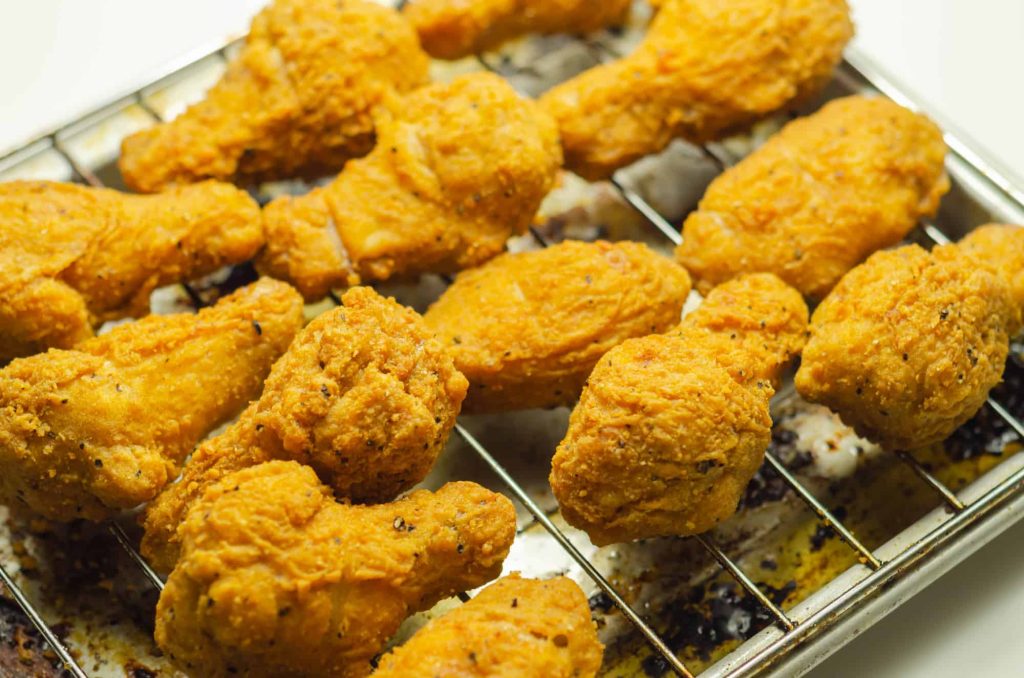
While all of these methods are great for cooking chicken, some of them work better for drumettes, while others are more suited to drumsticks.
For example, faster cooking methods involving higher temperatures are generally best for the white meat in chicken drumettes. The dark meat in drumsticks, on the other hand, can handle longer cooking times without drying out. Drumsticks can withstand a wider range of cooking techniques and still be tender and flavorful (source: Recipes).
Remember that the meat should be white and not pink when cooking chicken. Raw chicken is contaminated with Clostridium perfringens, Campylobacter bacteria, and Salmonella. (source: Healthline).
Furthermore, consuming undercooked chicken can expose you to food poisoning and other foodborne illnesses (source: Centers for Disease Control and Prevention).
Are Drumettes and Wings the Same?
Drumettes and chicken wings are not the same. A drumette is part of a whole chicken wing portion, so when you order drumettes at a restaurant, a platter of miniature drumsticks will arrive at your table. A platter of whole chicken wings will arrive if you order wings, each with its own drumette.
Chicken wing portions are composed of three parts:
- The drumette
- The wingette, also called the flat
- The tip (source: Auguste Escoffier School of Culinary Arts)
A lot of people like chicken wings because they are flavorful, juicy, and just the right size for certain chicken recipes.
Wings come in second after the skin for having the highest fat content. A 100-gram (0.22-lb) serving of chicken wings – about two large pieces – has 16.7 grams (0.04 lbs) of fat. A 100-gram (0.22-lb) serving of drumsticks – about two small pieces – has 9.7 grams (0.02 lbs) of fat (source: Livestrong).
When it comes to calories, a serving of chicken wings (drumettes included) is about four pieces and contains approximately 50 calories per serving. Drumsticks contain roughly 84 calories per serving, which is generally one to two pieces (source: Recipes).
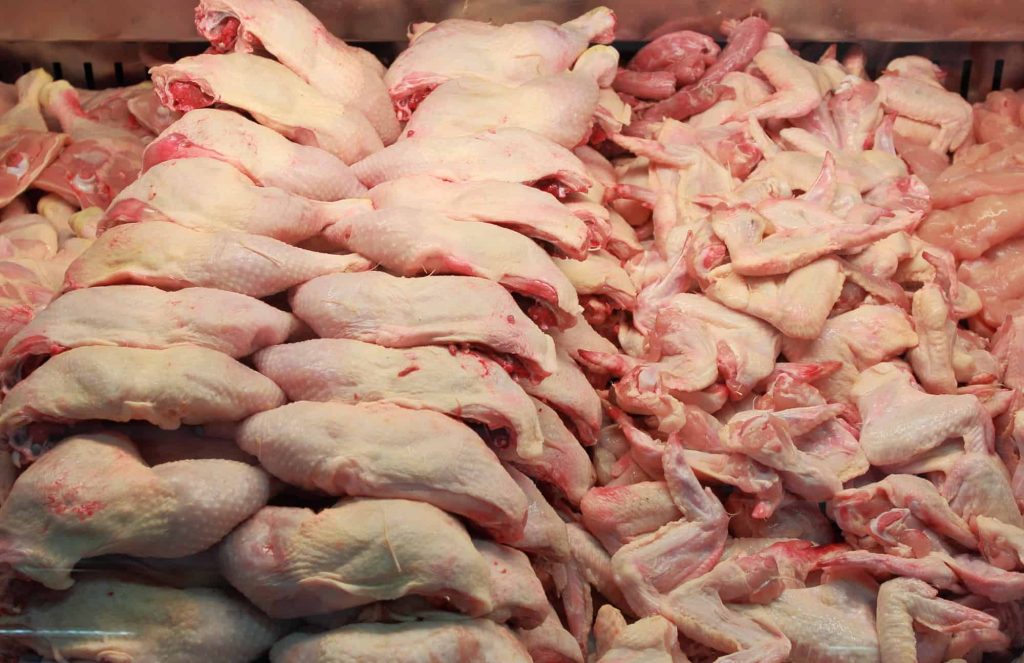
Where Can I Buy Drumettes?
You can buy drumettes from your local groceries, meat suppliers, delis, and online stores. Drumettes aren’t usually readily available, but wings almost always are. If you’re in a bind and need drumettes fast, buy wings instead because you can easily separate the drumette from the whole wing.
This is how to separate drumettes from wings:
- Locate the joints in the chicken wings.
- Use kitchen shears to separate the three parts – the wingette, drumette, and tip.
- Store the wingettes and tips in the freezer so you can use them later on for various recipes.
- Cook the drumettes as you please.
Drumettes and drumsticks may look very similar, but they are actually two different parts of a chicken. Knowing their various characteristics will help you decide how best to cook them so that you can create tender, flavorful, succulent, and spot-on dishes.
Furthermore, if you’re interested in exploring other chicken meat parts, you may find yourself wondering why chicken skin is so delicious. Discover the answers in our informative guide.


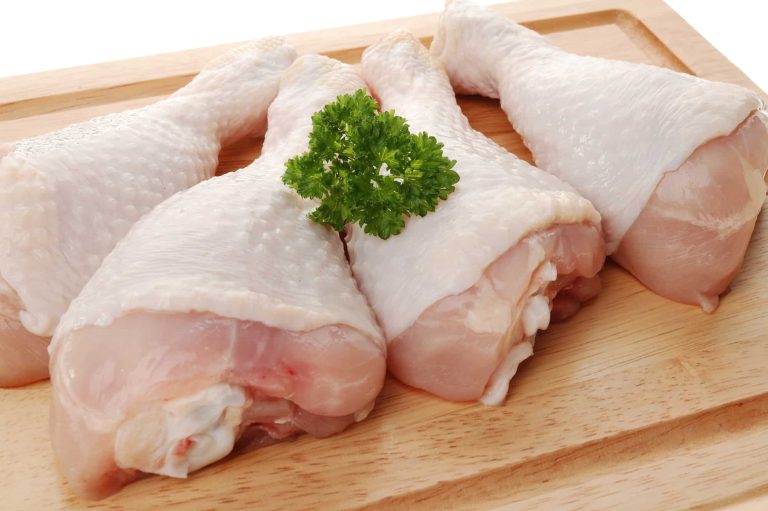
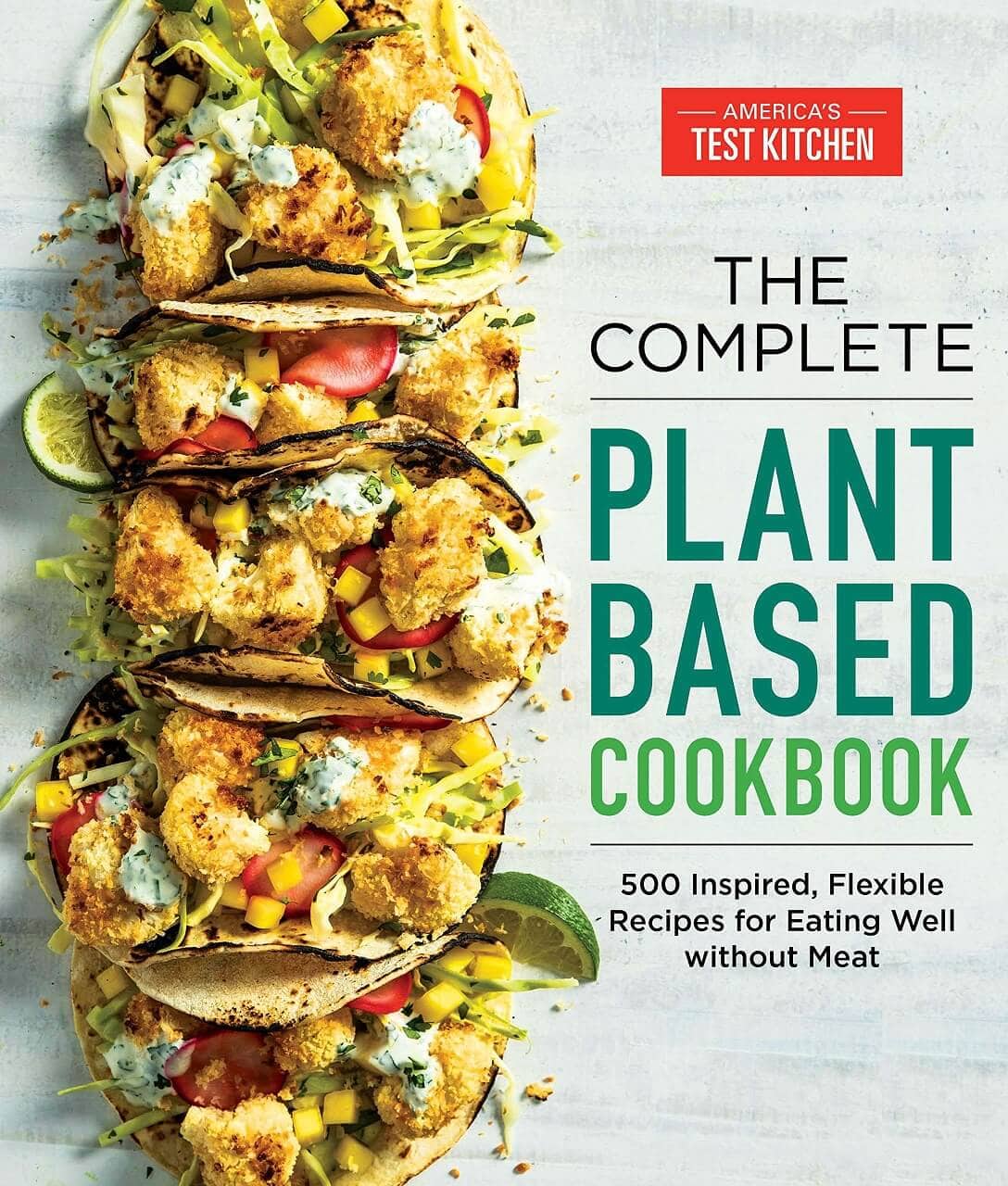
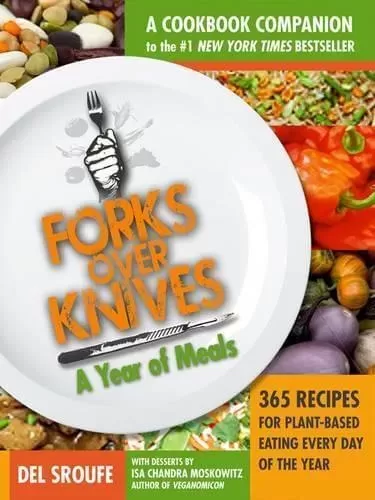
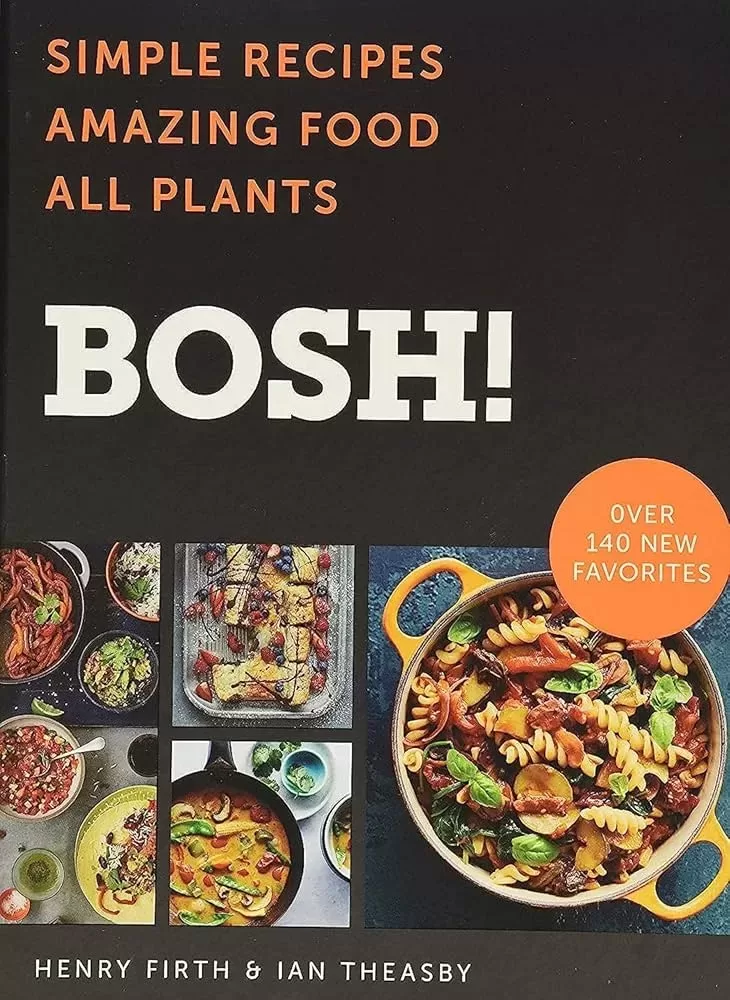
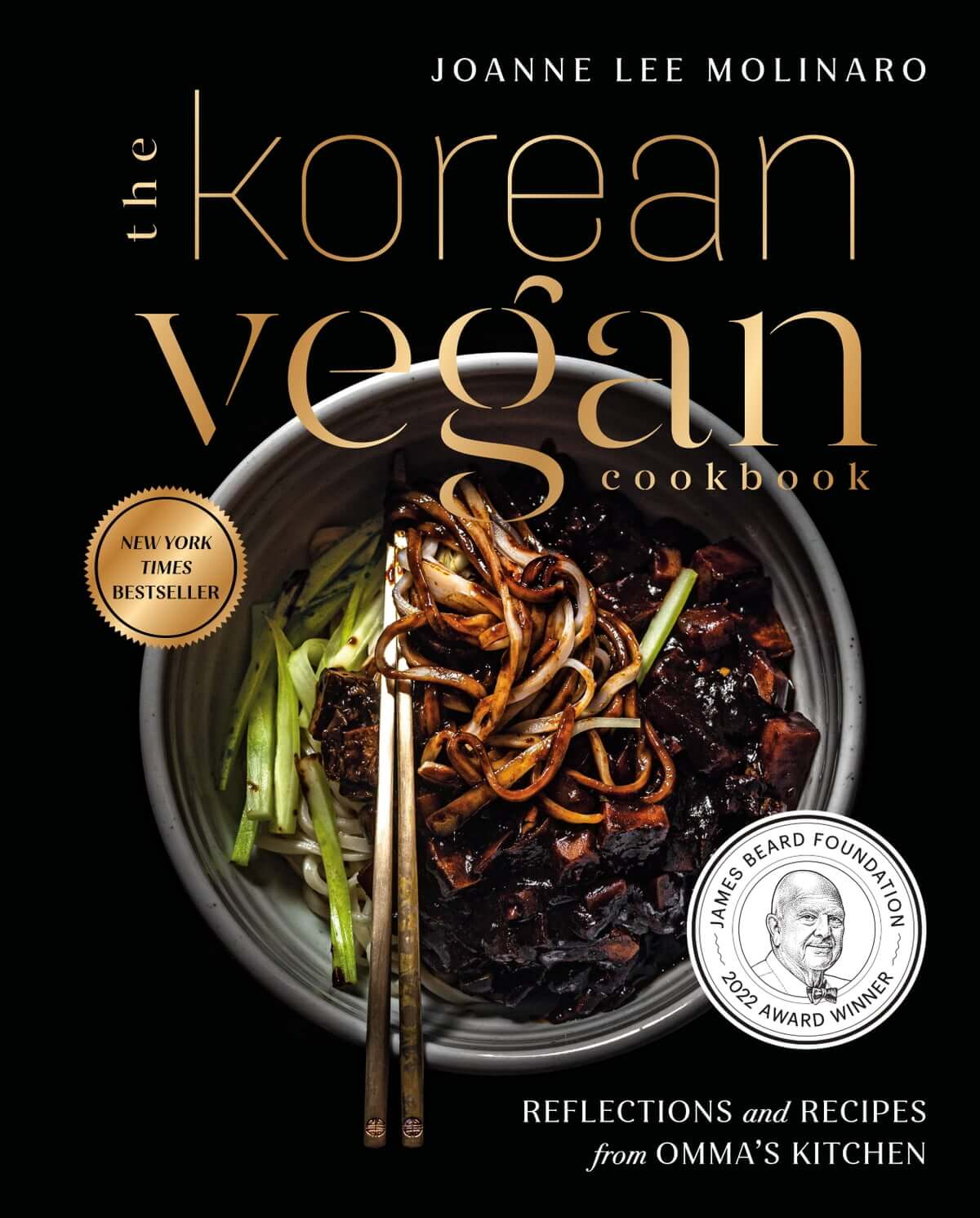
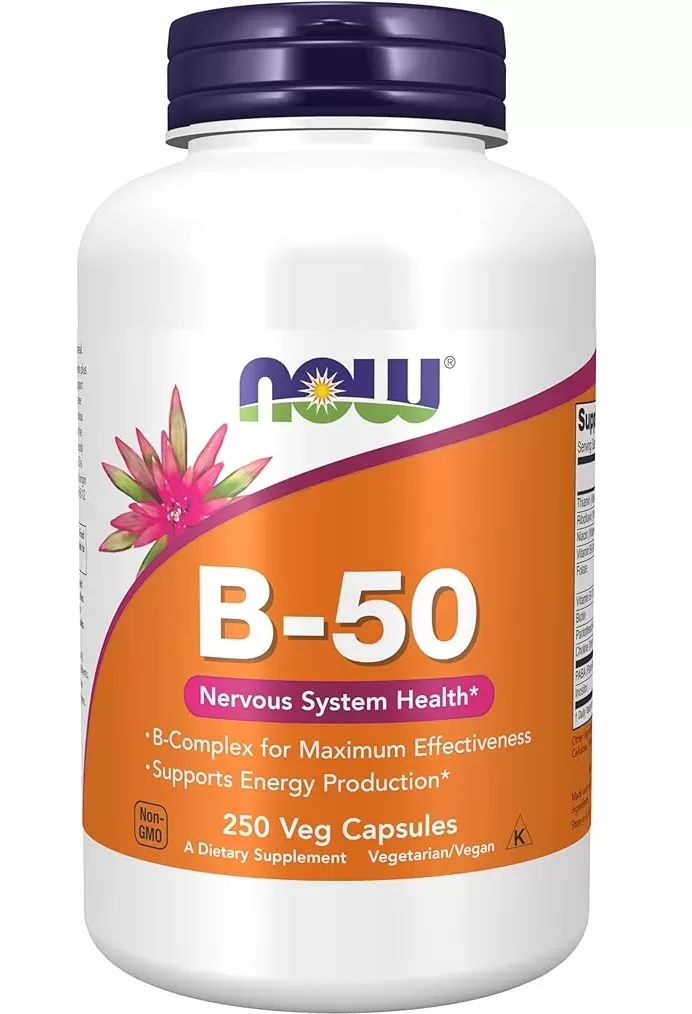
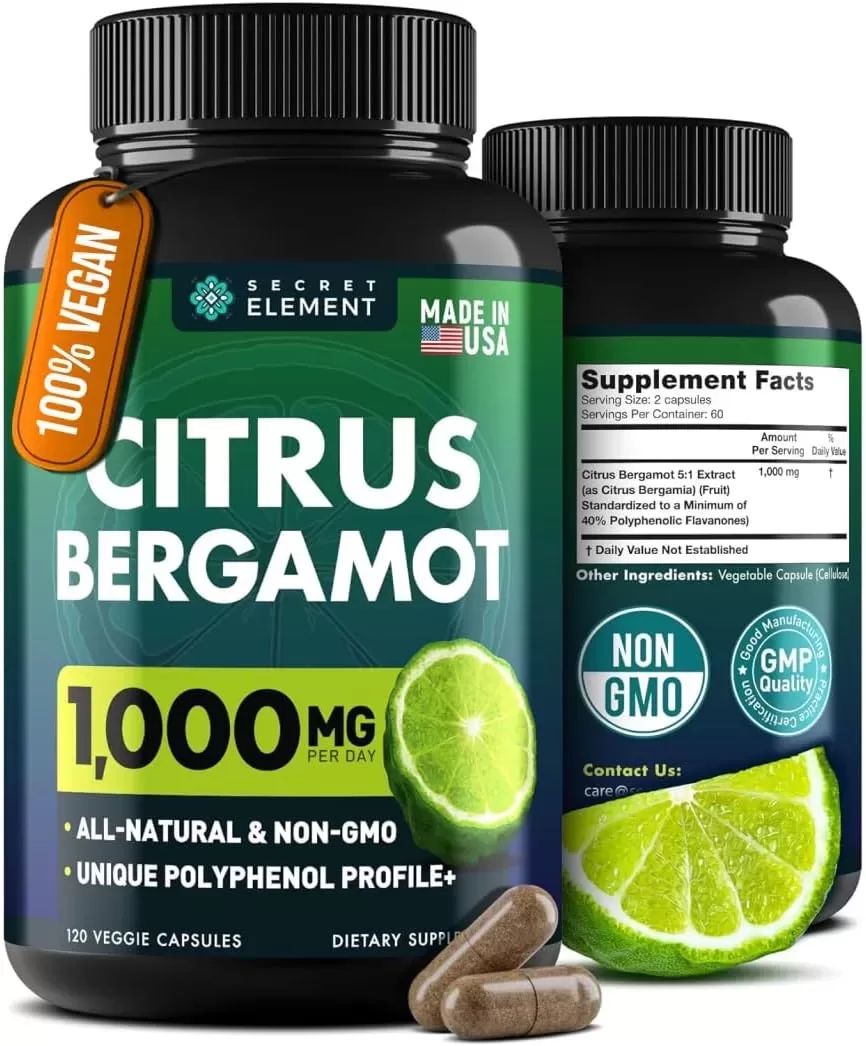
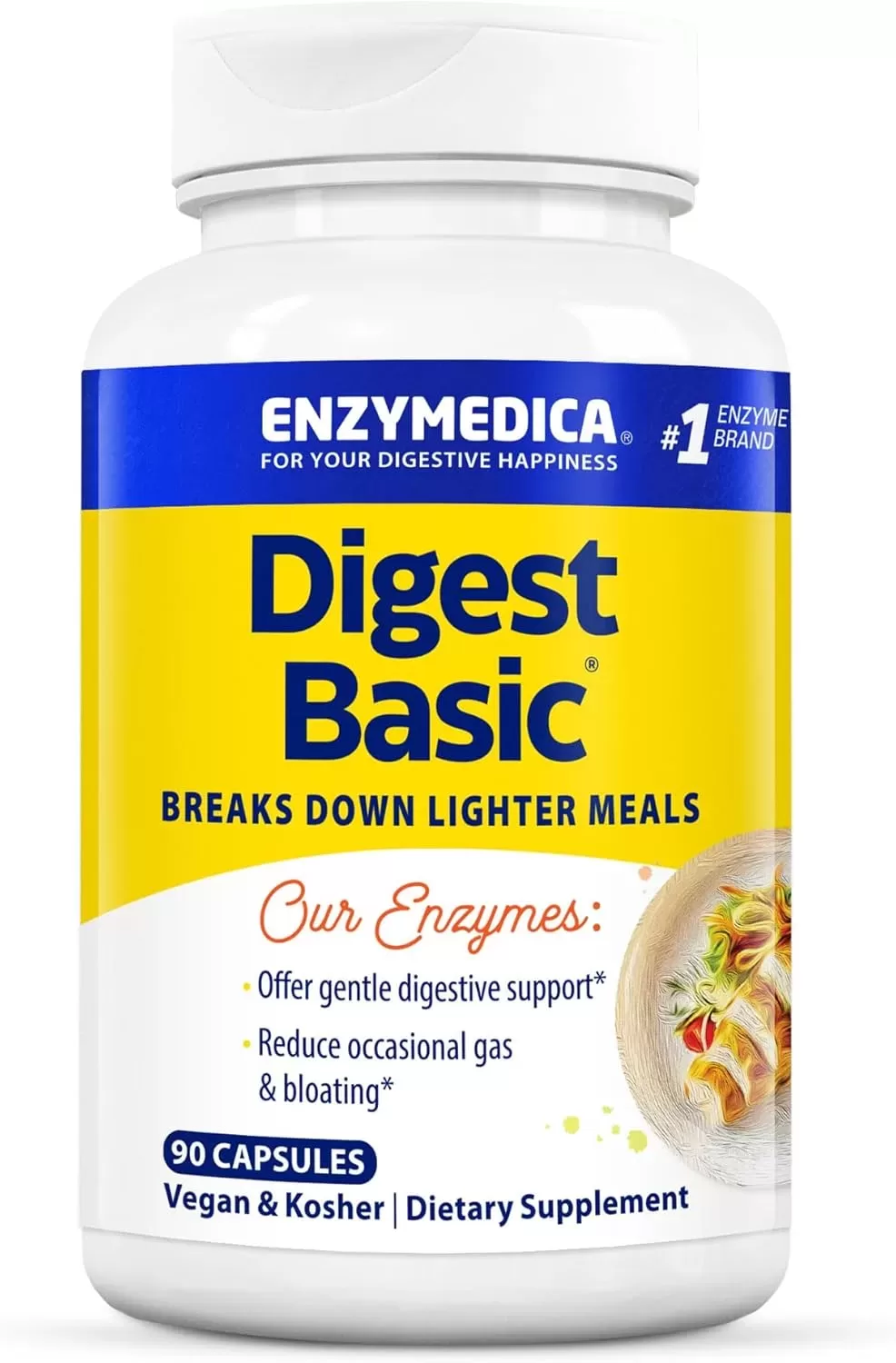
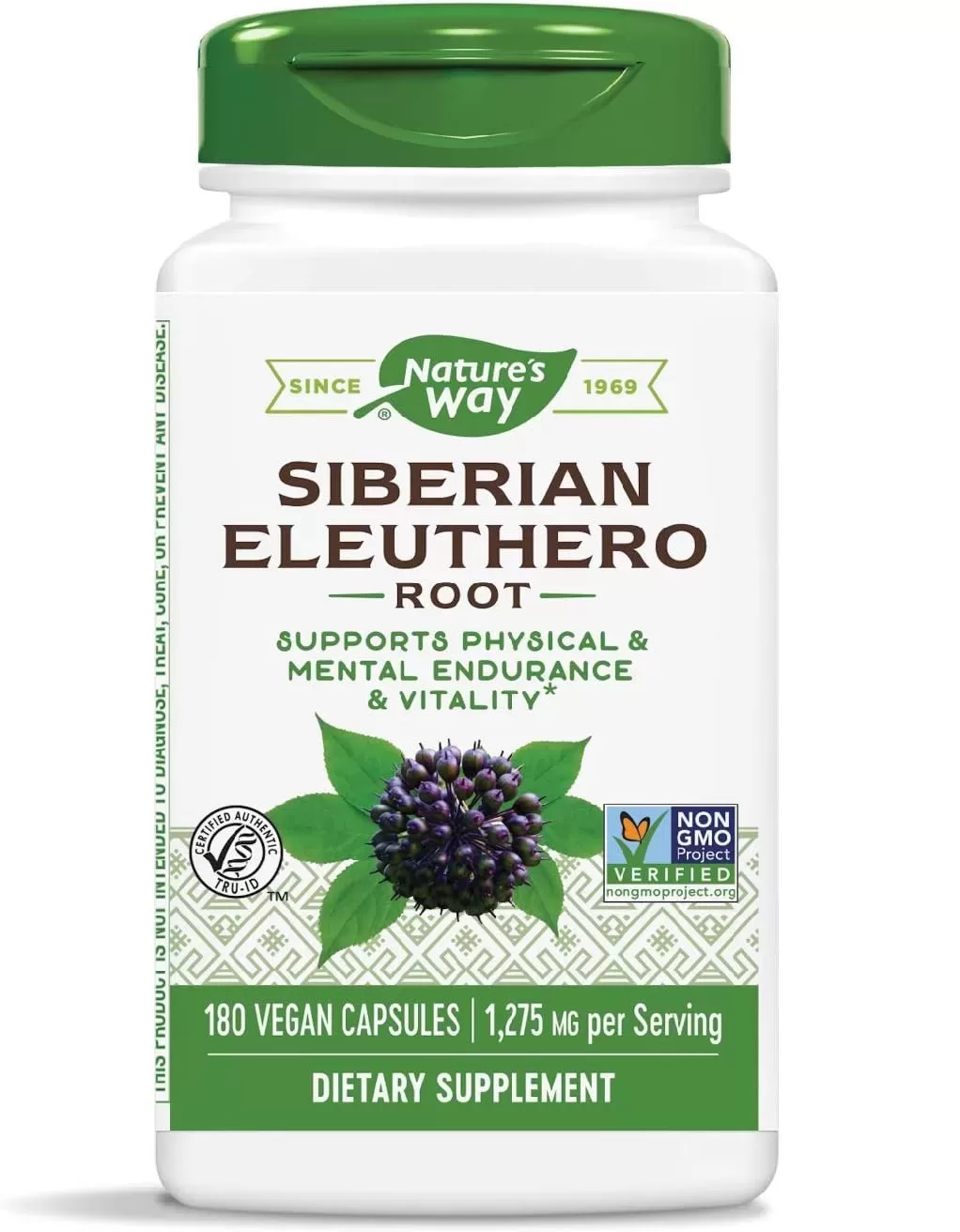


Comments are closed.